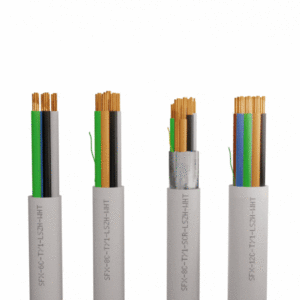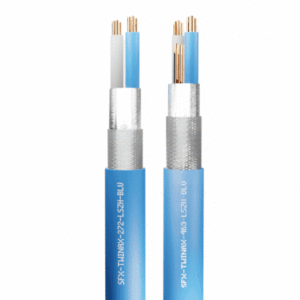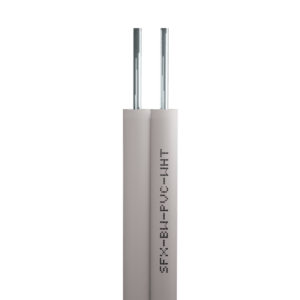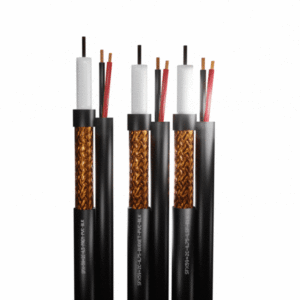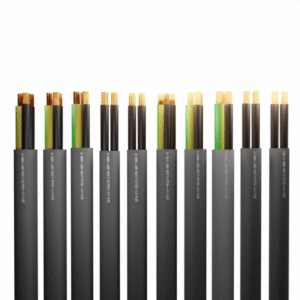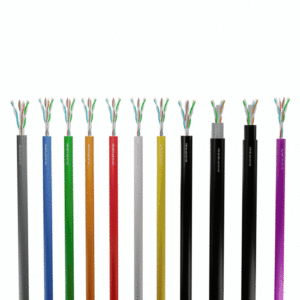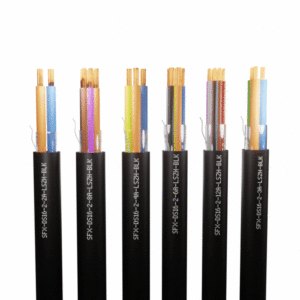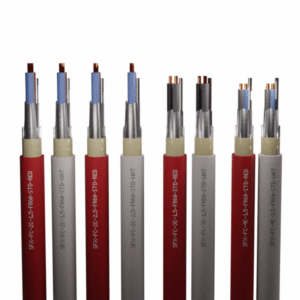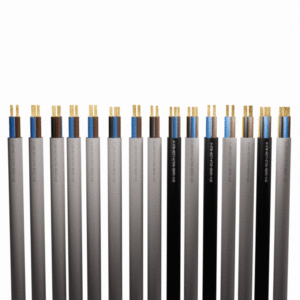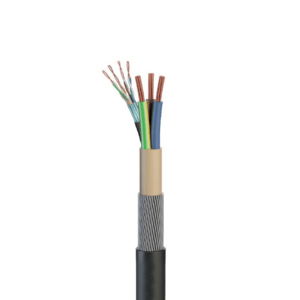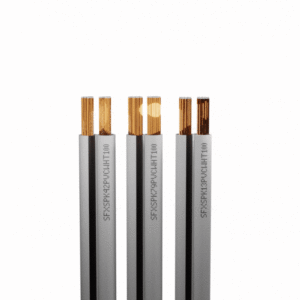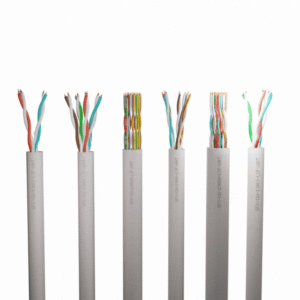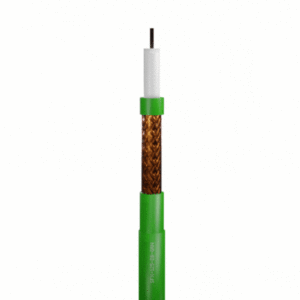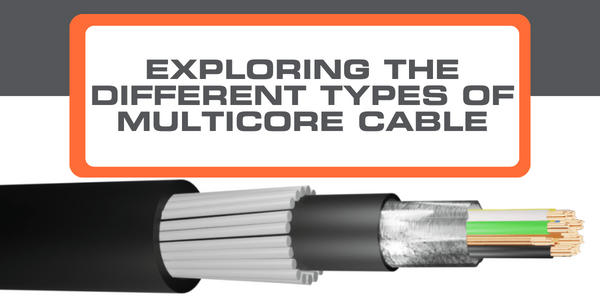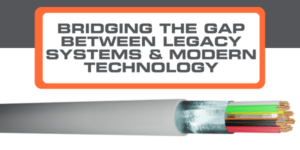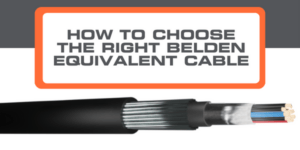A multicore cable, also known as multi-pair cable, is used for transmitting multiple signals or data streams within a single cable. They are commonly used in various applications, including audio, video, telecoms, networking, and industrial control systems.
What are the different types of multicore cables?
Audio Multicore – These cables are used for transmitting audio signals, typically in professional audio setups, such as live performances, recording studios, or theatres. They usually consist of multiple pairs of shielded cables within a single outer jacket. Audio multicore cables may include XLR connectors or TRS (Tip-Ring-Sleeve) connectors at each end.
Video Multicore – These are designed for transmitting video signals, particularly in broadcast or video production environments. They can carry analogue or digital video signals, including component video, composite video, or SDI (Serial Digital Interface) signals. Video cables often have individual coaxial cables for each video channel, along with additional wires for power or control signals.
Data Multicore – These cables are used for transmitting data signals, such as Ethernet, RS-485, or DMX (Digital Multiplex) signals. These data cables typically consist of multiple twisted pairs of wires, each pair dedicated to a specific data channel. They may also include additional shielding to minimize interference and maintain signal integrity.
Control Multicore – Control multicore cables are commonly employed in industrial automation and control systems. They allow for the transmission of control signals, such as analogue or digital control signals, between devices or components. Control cables often include a combination of signal wires, power conductors, and shielding to meet the specific requirements of the control system.
Tactical Multicore – Tactical multicore cables are ruggedized and designed for use in harsh environments or outdoor applications. They are often used in military, live events, or outdoor broadcast scenarios. These cables feature robust constructions, such as reinforced jackets, armoured protection, or extra durability to withstand rough handling, extreme temperatures, or exposure to moisture.
Hybrid Multicore – Hybrid multicore cables combine different types of signals within a single cable. For example, they may include a combination of video, audio, and data channels, allowing for efficient cabling in applications where multiple signal types are required. Hybrid multicore cables can simplify installation and reduce cable clutter in such situations.
It’s important to note that specific requirements for multicore cables may vary depending on the application and industry standards. When selecting a multicore cable, factors such as signal type, distance, bandwidth, electrical characteristics, environmental conditions, and connector compatibility should be considered to ensure optimal performance and reliability.

